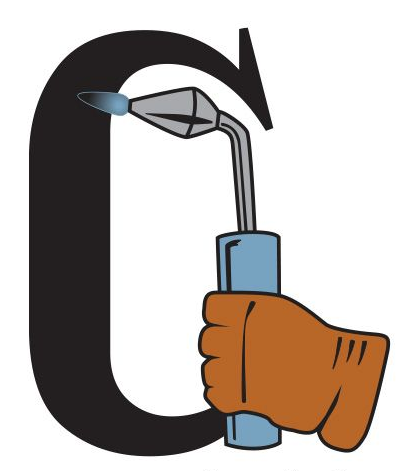Are Guardrails and Handrails Different?


Yes, guardrails and handrails are indeed different. They may share a space, and can even be joined as one piece, but they serve a different function and refer to separate elements of any railing system.
Understanding Guardrails
Guardrails are critical safety features for elevated surfaces 2.5 feet or higher off the ground. No matter who uses the space, these systems are essential for both residential and commercial settings. They protect against falls and hazards like ponds, steep drops, and sharp terrain. Guardrails, like hand rails, are made up of various components such as top rails, intermediate rails, posts, balusters or pickets, and sometimes bottom rails. These pieces are joined together by welding or screwing to create complete designed systems that ensure comprehensive protection for occupants and visitors alike. They work to prevent falls, especially for vulnerable groups like seniors and children.
Installed along staircases, platforms, and roof spaces, guardrails are indispensable barriers. In warehouses and residential areas, they must meet strict load requirements and code regulations. Commonly found on stair systems and decks in residential properties, guardrails ensure safety on surfaces exceeding 30 inches in height. Guardrails are also referred to as railings and they play a vital role in modern safety practices, providing comprehensive protection in various environments.
Understanding Handrails
A handrail is a horizontal or diagonal bar that is typically mounted to a wall or supported by posts, serving as a supportive and stabilizing structure for people to hold onto while walking up or down stairs or along a pathway. Handrails are primarily designed to provide assistance and support, aiding individuals in maintaining their balance and preventing falls. By code, a person's hand, needs to have unobstructed, free movement from the top to the bottom as one ascends or descends the stairs. Handrails are required on any stairs that have two or more risers. They're also needed along ramps where the slope is steeper than 1:20. This term means that if the measurement is set in inches, the ramp can only increase (or decrease) by 1 inch in height for every 20 inches in length. If the slope is less steep than this, a handrail is not technically required along that run.
As discussed above, a guardrail, also known as a safety railing, is a protective barrier installed along elevated surfaces such as stairs, balconies, decks, or platforms. Unlike handrails, guardrails are positioned at a height above the ground level and are intended to prevent accidental falls or provide a barrier against potential hazards. Guardrails are typically taller and sturdier than handrails and are designed to withstand greater force, offering a protective barrier to ensure the safety of all people who come in contact with them.
How Guardrails and Handrails Work Together
In many situations a handrail is paired with a guardrail. The handrail may protrude inward from the guardrail so that it is easily graspable while using the stairs or ramp. The guardrail will include some kind of infill, like balusters or any kind of designed rail that fills the space between the top rail and the bottom rail. This infill serves to protect anyone from falling off the edge of the surface. There are additional rules and codes that dictate how much space is allowed between the balusters or pickets.
If you imagine a set of stairs that has a wall on one side, you might have a handrail that runs along the wall and a guardrail that runs along the other side where the stairs are open to the floor below.
When it comes to installing your guardrails and handrails, leave it to an experienced contractor who understands the code and has years of experience getting the job done correctly. Whether you have specific or general questions, give us a call. We'd be happy to discuss your railing needs and provide you an estimate for new, replacement, or repair work.


